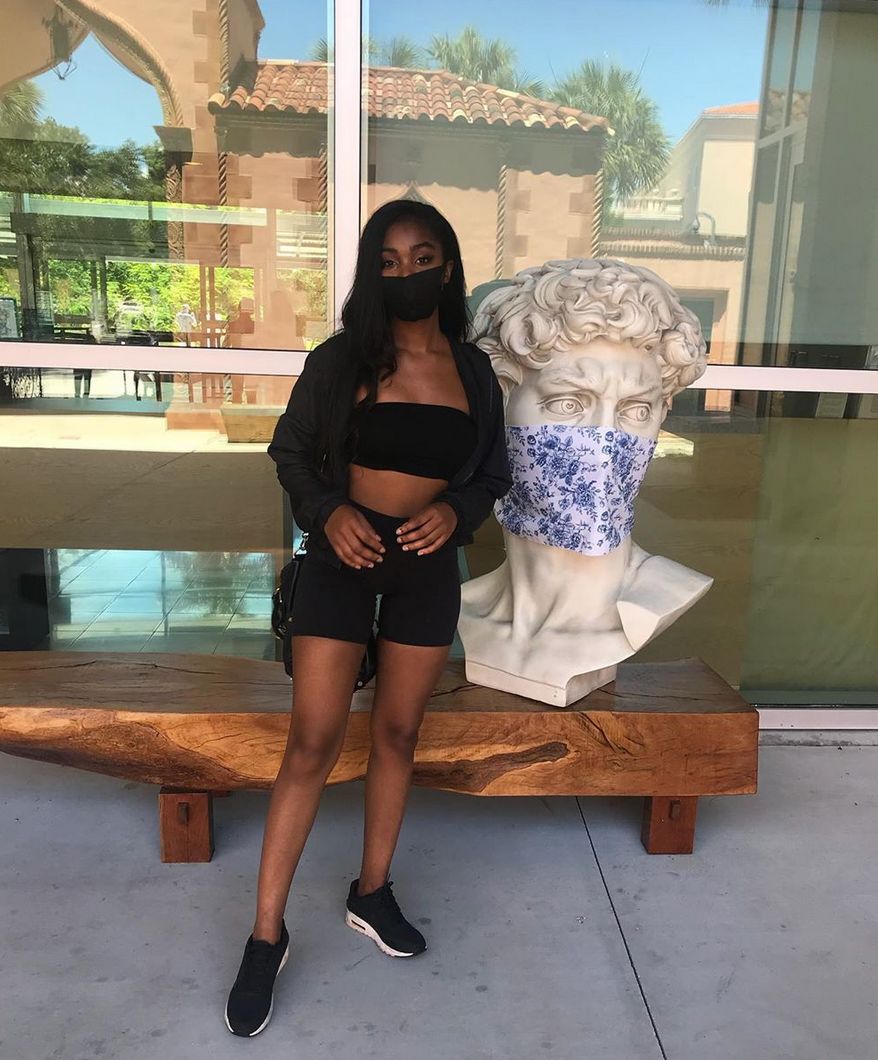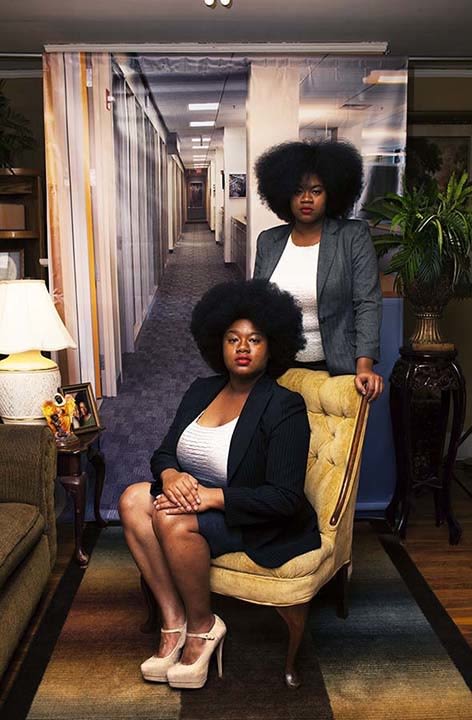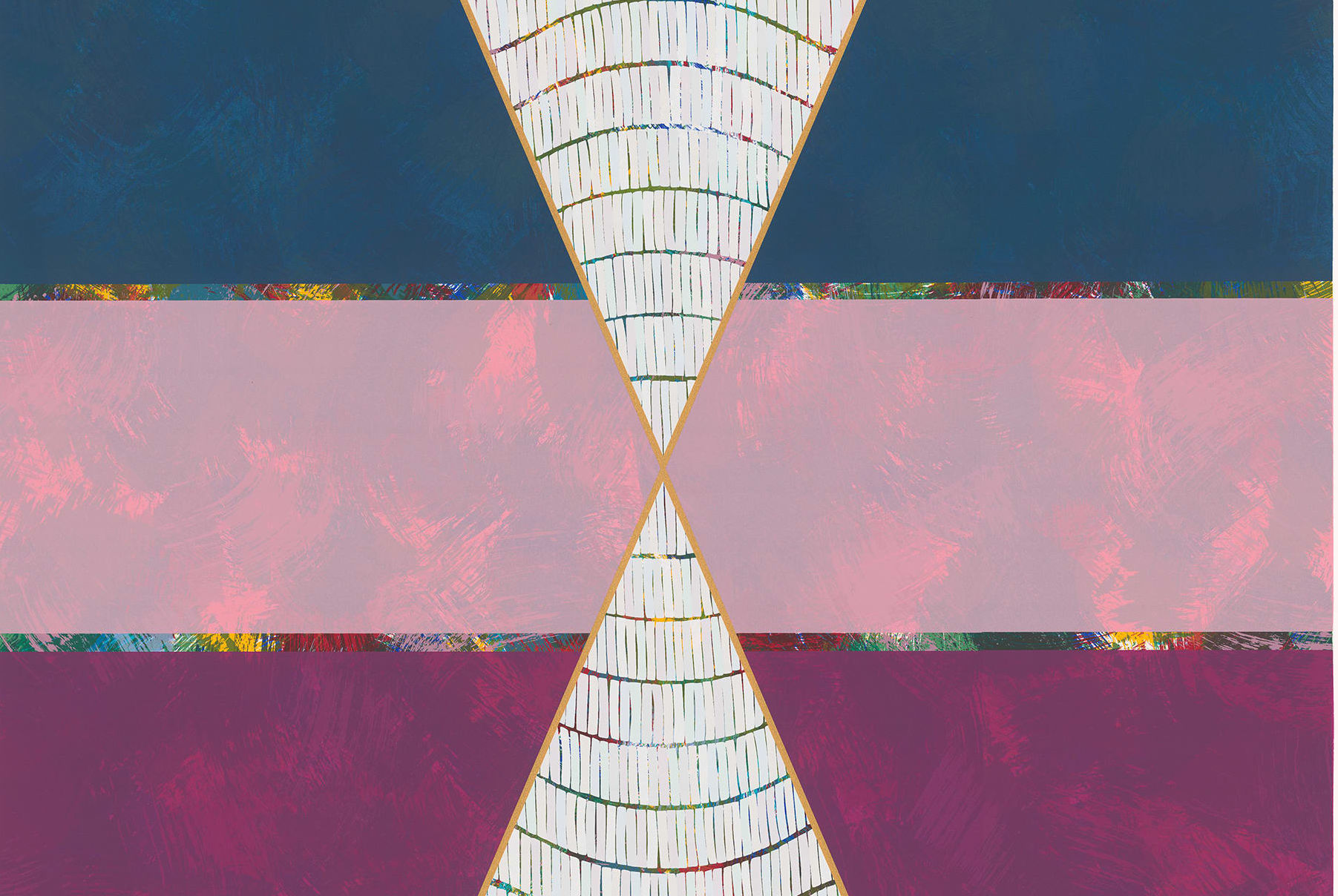What It's Like to Visit The Ringling as a Young Black Woman

Writer Jessika Ward at The Ringling
Image: Courtesy Jessika Ward
A few weeks ago, I was scrolling through Instagram when I saw a “Black Lives Matter” post from The Ringling that read, “Museums have historically excluded people of color. We recognize our failures, and we are working to be inclusive of people of color in our community and beyond. We are actively learning and listening.”
The Ringling had been closed due to COVID-19 and was opening up again, adapting to a new world of social distancing and mask wearing. From the looks of the Instagram post, it seemed those weren't the only changes the museum was making.
I was hoping that it was also adjusting to the new cultural landscape that has emerged in the aftermath of the death of George Floyd. The Ringling is part of Florida State University, as is the nearby FSU/Asolo Conservatory for Actor Training, which recently received a “Call to Action” letter signed by 200 Black alumni, directors, playwrights and actors asking for change.
Though I am a Sarasota native, I can count on one hand the number of times I've walked through The Ringling's galleries. Like many people, I wasn’t familiar with the artwork and, as a young Black woman, when I did visit, I didn’t see anyone who looked like me. But because of its Instagram post, the museum seemed to be inviting me, and so I decided to visit.
I arrived on a Monday. (For those who don’t know, it’s free to visit the museum's art galleries every Monday.) When I drove up, I saw that the parking lot was full. This made me nervous. I was afraid people would stare at me or make the process more complicated than it should be because I’m Black.
To make sure I didn’t have any difficulties when I entered the building, I decided to call the museum while I was in the parking lot to ask how free Monday worked. The person who answered the phone told me to “just walk in and go to the ticket desk.” I hung up and approached the big pink building. A security guard who was passing out masks greeted me at the door. I was already wearing one (as was a bust of Michelangelo’s David right inside the door), so I walked inside the building to the ticket desk. The woman sitting behind the counter asked me for my ZIP code and then I was in. It was as simple as that.
I walked outside to the campus. It looked like a vast, beautiful garden. Tons of families were strolling the grounds, which made me wonder why my parents never took me and my siblings to the museum when we were children. I also discovered that the museum grounds are free on Mondays, so any time I’d like to enjoy the outdoors on the beautiful bayfront, I can.
[Editor's note: On Tuesday, July 7, a new policy went into effect that limits free grounds access to Mondays, according to a museum spokeswoman. Otherwise, admission to the 66 outdoor acres is $5, or $25 for a yearlong pass. Children under 17 are admitted to the grounds free any time.]
I saw a garden encircled by statues of strange dwarves. I later found out that these statues used to be near the old Asolo Theatre, but I have no idea why they were made or why they were here. I began walking on the sidewalk that surrounded the garden, but the dwarf statues spooked me, so I backtracked and walked in a direction that led me to a gallery that is home to large historic Italian paintings, some almost as tall as me. The paintings show naked women, large animals, babies and people being killed. I know these are great original paintings and they’re very old, but they weren’t relatable to me. Plus, they were scary and intimidating. I decided to leave and walked to the Ulla R. & Arthur F. Searing Wing building.
I was surprised by what I saw—art created by African Americans hanging on the wall. I couldn’t stop smiling. The artwork was part of Being Seen: Recent Acquisitions From The Ringling Photography Collection. The exhibit features works by female photographers who are examining the complexities of identity and the staging of selfhood. It’s a timely exhibition that consists primarily of self-portraits and portraits of empowered subjects. Not only were the people in the photos people of color, they were young. They combated racism and stereotypes.

Sabrina and Katrina, 2015, by Endia Beal
Image: Endia Beal
One portrait displayed young Black women who were transitioning to the workplace from college. The women were photographed in their homes, but dressed as they would be for a job interview. The photos draw attention to the fact that terms like “office appropriate” and “business attire” are culturally biased values. Over time, these values have been established as facts. They've been used to create the narrative of white supremacy that underpins professionalism today, and that is playing out in the hiring, firing and day-to-day management of workplaces around the world.
My second favorite series of portraits was A Girl and Her Room, which showed adolescent girls in their bedrooms in the United States and in Lebanon. The purpose of the series is to reveal universal aspects of growing up. I spent an hour staring at those images and thinking about my own identity. Who am I in this world? How have I been judged in the workplace? What statements am I allowed to make? How have I been silenced? How have I chosen to use my voice? How does the world see me? How do I see the world?
I left the museum and thought about the Black artists who have begged for representation and how Black people are absent from most historical art collections in some of the world’s largest museums. Then I thought about the museum’s humility by saying that it has failed and that its leadership is learning and listening. I have faith that the museum is beginning that process—and that I may see a meaningful change during my lifetime.



